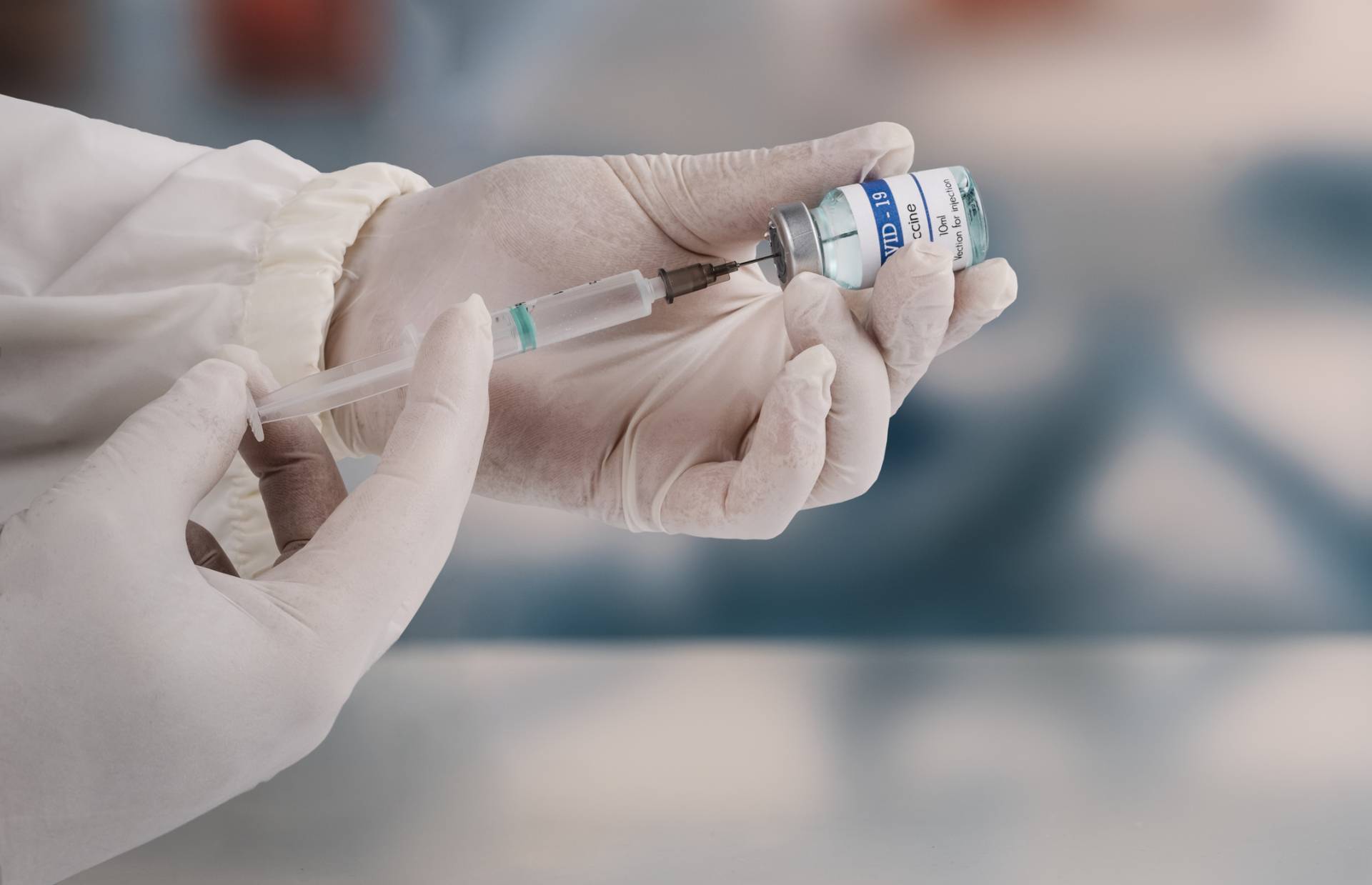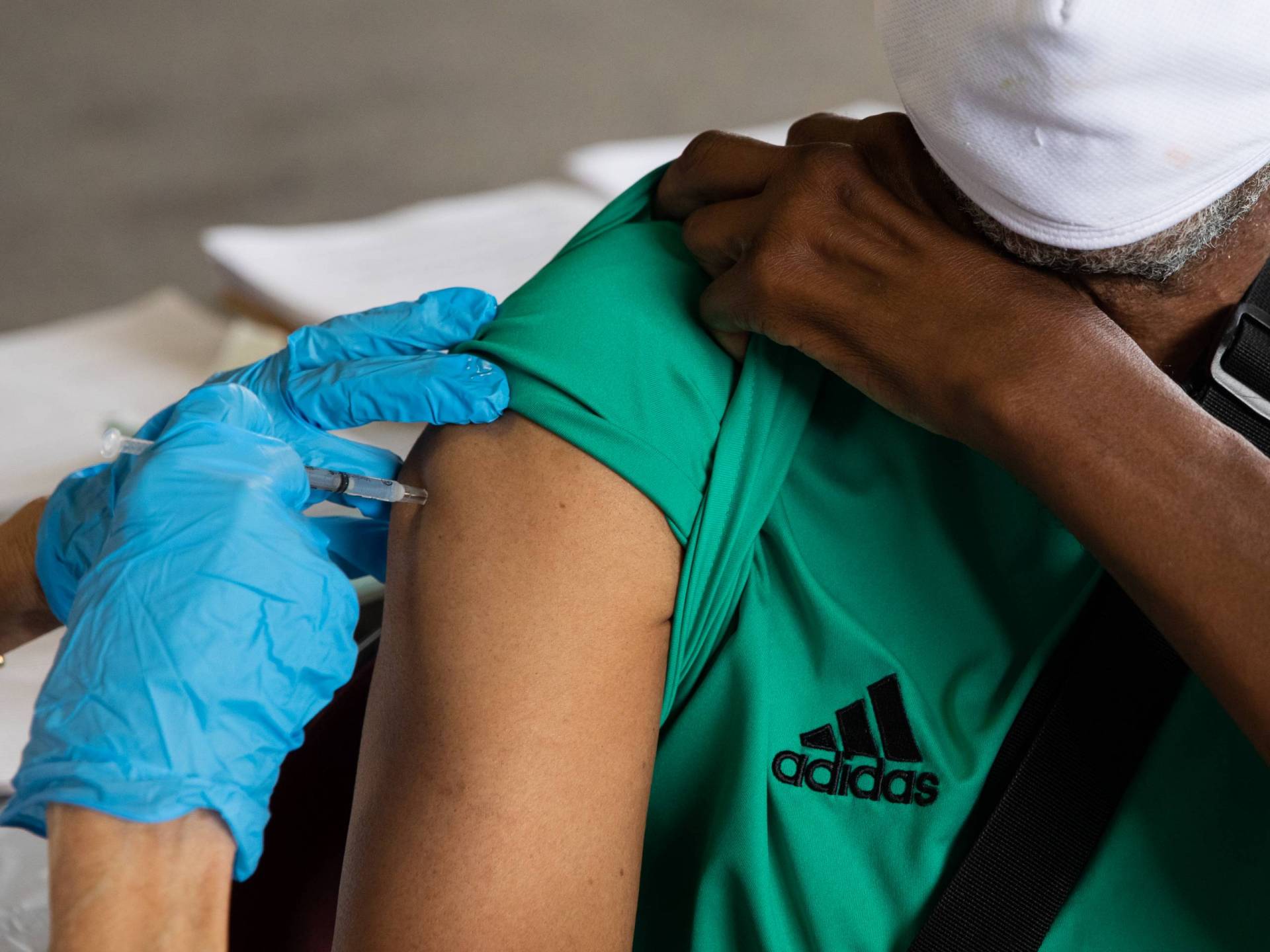Updated 6:20 p.m. on Sept. 1
Have you been wondering, “When will the new 2024 COVID-19 vaccine be available?”
The short answer is: It’s here. But even though the “fall vaccine” has been approved much earlier this year than the 2023 COVID-19 vaccine was, just like last year, it may take a while for these shots to become widely available to the public.
When will the new COVID vaccines become available?
On Aug. 22, the Food and Drug Administration (FDA) signed off on these updated COVID-19 vaccines from Moderna and Pfizer (also known as Comirnaty), which should roll out across the United States in the coming weeks as the 2024 summer wave of infections continues around the country.
On Aug. 30, the FDA also signed off on the updated Novavax COVID vaccine.
Earlier this year, the Centers for Disease Control and Prevention (CDC) recommended that the updated shots be available to everyone age 6 months and older through pharmacies like CVS, Walgreens, Rite Aid and Safeway, as well as health care providers, county public health departments and community clinics.
These COVID-19 vaccines usually become available at pharmacies first because pharmacies take their cue from the federal government and not the state — but with vaccines needing to be shipped, it might still be a while before vaccinations are available. For example, CVS is currently offering appointments for the new COVID-19 vaccine starting no earlier than late August, and Walgreens is similarly offering appointments that begin Sept. 6.
We’ll keep updating the guide below as vaccines start to roll out, so consider bookmarking this link.
Jump straight to:
- Where can I get the new COVID vaccine near me when it’s available?
- Is the new Novavax vaccine now available too?
- Why do COVID vaccines now involve health insurance?
- Why can’t I get a new COVID vaccine at a pharmacy if I have Kaiser health insurance?
Remember: Unlike previous rounds of the vaccine, the FDA and the CDC stopped calling these updated shots “boosters” in 2023 — so you won’t see that language online around appointments. Instead, they refer to these annual fall vaccines as “new” or “updated” vaccines that have been reformulated to better target a more recent strain of the coronavirus. This time around, Moderna and Pfizer’s vaccines target the omicron variant known as KP.2 that was common earlier this year, and Novavax’s new vaccine targets KP.2’s parent strain, JN.1.
Keep reading for what you need to know about the new COVID-19 shots from Pfizer and Moderna — and now Novavax too —and how to find a free COVID-19 vaccine near you when it becomes available. Or jump straight to:
- The vaccine is available early this year. Should I wait to get it?
- I got COVID this summer. How soon can I get the new COVID vaccine?
- Should I get my 2024 flu shot at the same time as my new COVID vaccine?
- How do I find a COVID vaccine if I’m uninsured?
Why do the new COVID vaccine rollouts seem different than they used to?
If you’re wondering why the new COVID-19 vaccine seems to take so long to become widely available now, why you can no longer walk into any vaccination location to get an updated shot and why health insurance matters now, it’s because of the major change that came into effect last year: The federal government has stopped footing the bill for COVID-19 vaccines.
These shots have now transitioned into the traditional health care market, like many other kinds of vaccines. So, for most people with health insurance, insurers will now cover the cost of getting the new COVID-19 vaccine directly, much like your plan might cover your flu shot. This is why you’ll hear many county public health officials urging people to first seek out the new vaccine via their health care provider (and also why those county-run vaccination sites that were so common at the height of the pandemic now don’t exist at least on the same scale.)
- Jump straight to: The vaccine is available early this year. Should I wait to get it?
However, COVID-19 vaccines now being purchased and distributed through the health care market also means it’s far less simple for people without health insurance to find a free shot. Jump to “How do I find a COVID vaccine if I’m uninsured?”
Is the Novavax COVID vaccine available, as well as Moderna and Pfizer’s new vaccines?
The new Novavax vaccine was approved by the FDA on Aug. 30, so expect appointment availability for this particular shot to be a little behind Moderna and Pfizer’s vaccines, which were approved over a week earlier. Right now, our guide to where to find a new vaccine appointment below reflects the Moderna and Pfizer vaccines, as they’re the shots that are currently available.
Unlike Pfizer and Moderna’s new COVID-19 shots, the Novavax vaccine is a non-mRNA, protein-based vaccine. One reason some people choose the Novavax vaccine is based on aftereffects from getting the shot — as Science has reported, Novavax “appeared less likely than mRNA shots to cause side effects like headache and fatigue” in clinical trials.
How effective are the new COVID vaccines against the current strains?
Much like the flu shot, COVID-19 vaccines have now become annual shots offered in the fall — and their “recipe” gets updated each year in the hope of maximum efficacy against current strains.
The new 2024–25 COVID-19 vaccines from Moderna and Pfizer is an updated shot that supersedes and replaces the 2023–2024 shot, which you should now consider outdated. The recipe for this new vaccine will address a newer target: The KP.2 subvariant of omicron.
COVID-19 strains are a moving target, and as you can see from the CDC’s COVID Variant Tracker, KP.2 is no longer the dominant subvariant in the U.S. — that’s currently KP.3.1.1. But this family of omicron subvariants is closely enough related that the vaccines promise cross-protection. A Pfizer spokesman said the company submitted data to the FDA showing its updated vaccine “generates a substantially improved response” against multiple virus subtypes compared to last fall’s vaccine.
“The vaccine is not intended to be perfect. It’s not going to absolutely prevent COVID-19,” said Dr. Peter Marks, director of the FDA’s Center for Biologics Evaluation and Research, in a statement announcing the approval decision. “But if we can prevent people from getting serious cases that end them up in emergency rooms, hospitals or worse — dead — that’s what we’re trying to do with these vaccines.”
The new vaccines should cut the risk of getting COVID-19 by 60% to 70% and reduce the risk of getting seriously ill by 80% to 90%, Marks said.
Who can get the new COVID vaccine?
As of Aug. 22, anyone aged 6 months and up who got their last COVID-19 vaccine shot at least two months ago — whether that was their primary vaccination series or their last booster shot — can get an updated COVID-19 vaccine from Pfizer or Moderna, as soon as vaccination appointments become available. As in 2023, appointments may not become immediately widespread, depending on your location. Jump straight to where you can find a new COVID-19 vaccine near you.
“Vaccination continues to be the cornerstone of COVID-19 prevention,” Marks said. “Given waning immunity of the population from previous exposure to the virus and from prior vaccination, we strongly encourage those who are eligible to consider receiving an updated COVID-19 vaccine to provide better protection against currently circulating variants.”
There is no specific guidance for certain age groups, but, as with other vaccines, children under 12 will be offered a pediatric (smaller) dose of this vaccine.
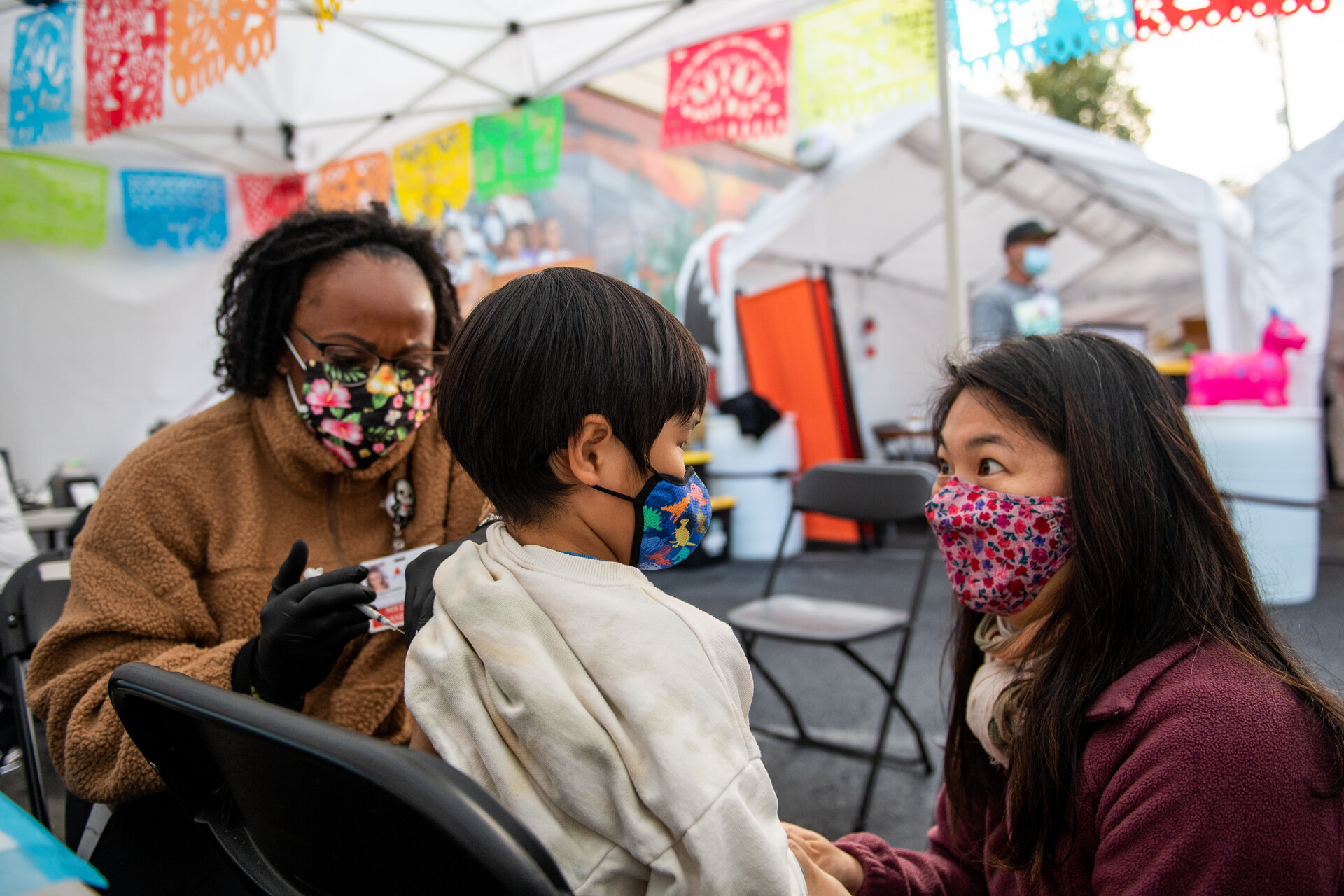
This ‘fall’ vaccine is available pretty early this year. Who should get it straight away?
The FDA’s Marks said that, for his part, “when this gets into pharmacies, I will probably be online as soon as it gets rolled out.”
“Right now, we’re in a wave, so you’d like to get protection against what’s going on right now,” he said. “So I would probably get vaccinated in as timely a manner as possible. Because right now, the match is reasonably close. You’re probably going to get the most benefit you’re going to get from this vaccine against what’s currently circulating.”
Dr. Peter Chin-Hong, an infectious disease specialist at UCSF, said that older folks (age 65 and over) or people who are immunocompromised who have neither had a COVID-19 vaccine in the last year nor had a COVID-19 infection should seek out their new vaccine as soon as they can. These were the “folks I saw in the hospital very ill with COVID in the past few months,” Chin-Hong said.
Additionally, for Chin-Hong, the best vaccine is the one you actually get, so “at the end of the day, convenience trumps everything,” he said. “If you are motivated to get the updated COVID shot when it comes out sooner rather than later, just do it.”
“Getting it in your arm when you are motivated trumps being strategic about the whole thing,” Chin-Hong said.
Who should consider waiting a little while to get the new vaccine?
Delaying getting the updated vaccine may be right for …
Those who want the best possible immunity for a winter wave — and over the holidays
Marks also said that even though he personally will be getting his vaccine straightaway, others might consider waiting until September or October if they’re particularly focused on having maximal protection through the anticipated winter COVID-19 wave, as well as over the holidays. “Getting vaccinated sometime in the September to early October time frame seems like a pretty reasonable thing to do to help bring you protection through the December/January time frame,” Marks said.
For Chin-Hong, the “sweet spot” for getting the new COVID-19 vaccine, if you’re not in that higher-risk group above, “is still some time in October so that antibodies peak in the winter when things are expected to be worse than the summer.”
“This is going to apply to most people,” he said. And while “the vaccine’s superpower is protection against serious disease, hospitalization and death,” the updated shot “does have the bonus of increasing the force field against getting infected as well,” Chin-Hong said. “Because there are so many events after October (Thanksgiving, holiday get-togethers, Christmas, New Year’s), you may also want your antibodies to peak then for that bonus of lowering infection risk.”
People who’ve had a COVID vaccine — or a COVID infection — recently
Another reason you’d want to wait to seek the new vaccine is if you got your last COVID-19 shot less than two months ago or you had a COVID-19 infection less than three months ago. (PDF) (If your case was asymptomatic, use the date of your positive test instead of the onset of your symptoms.)
“If you have received a vaccine over the summer or got infected over the summer, there is no need to rush out and get the new vaccine as you will be well protected,” Chin-Hong said. “Wait until October and get both flu and COVID shots at the same time.”
People who are uninsured and need a free vaccine
The CDC’s Bridge Access Program, which was launched in September 2023 to provide free COVID-19 vaccinations to uninsured people, was forecast to last until December — but is instead ending this month. And while a CDC spokesperson said that the agency will be making “$62 million of unused vaccine contract money” available to states to help vaccinate people without health insurance, right now, it’s still unclear how that will work practically.
Waiting for your fall COVID-19 shot, Chin-Hong said, will “give it more time for that system to be put into place so you won’t be charged if you don’t have insurance.”
Should I get my 2024 flu shot at the same time as my new COVID vaccine?
It’s totally fine and safe to get your flu shot at the same time as your new COVID-19 vaccine, and when appointments roll out more widely, you’ll often find that COVID-19 vaccine appointments will prompt you to “add on” a flu shot at the same session — especially at pharmacies. Although, if you’re trying to schedule your kid’s vaccinations, the CDC advised in 2023 that you first talk to your pediatrician about the best schedule for the COVID-19 and flu vaccines (and now the RSV — respiratory syncytial virus — preventive treatment, too).
That said, the recommendations medical professionals make about when to get a flu shot are based on the fact that, like with your COVID-19 vaccine, it takes about two weeks after you get vaccinated for antibodies to develop and provide protection against the virus.
The CDC said that September and October “are generally good times” to get your flu shot. In 2023, UCSF’s Chin-Hong told KQED that his “optimal sweet point” for getting this shot is “sometime before Halloween” — but notes that this is based on traditional predictions of flu season starting in November and peaking around January or February. If flu cases start to rise earlier, you should seek out your flu shot sooner, he said. And ultimately, in the spirit of any vaccine being better than no vaccine, “do what is most convenient,” he advised.
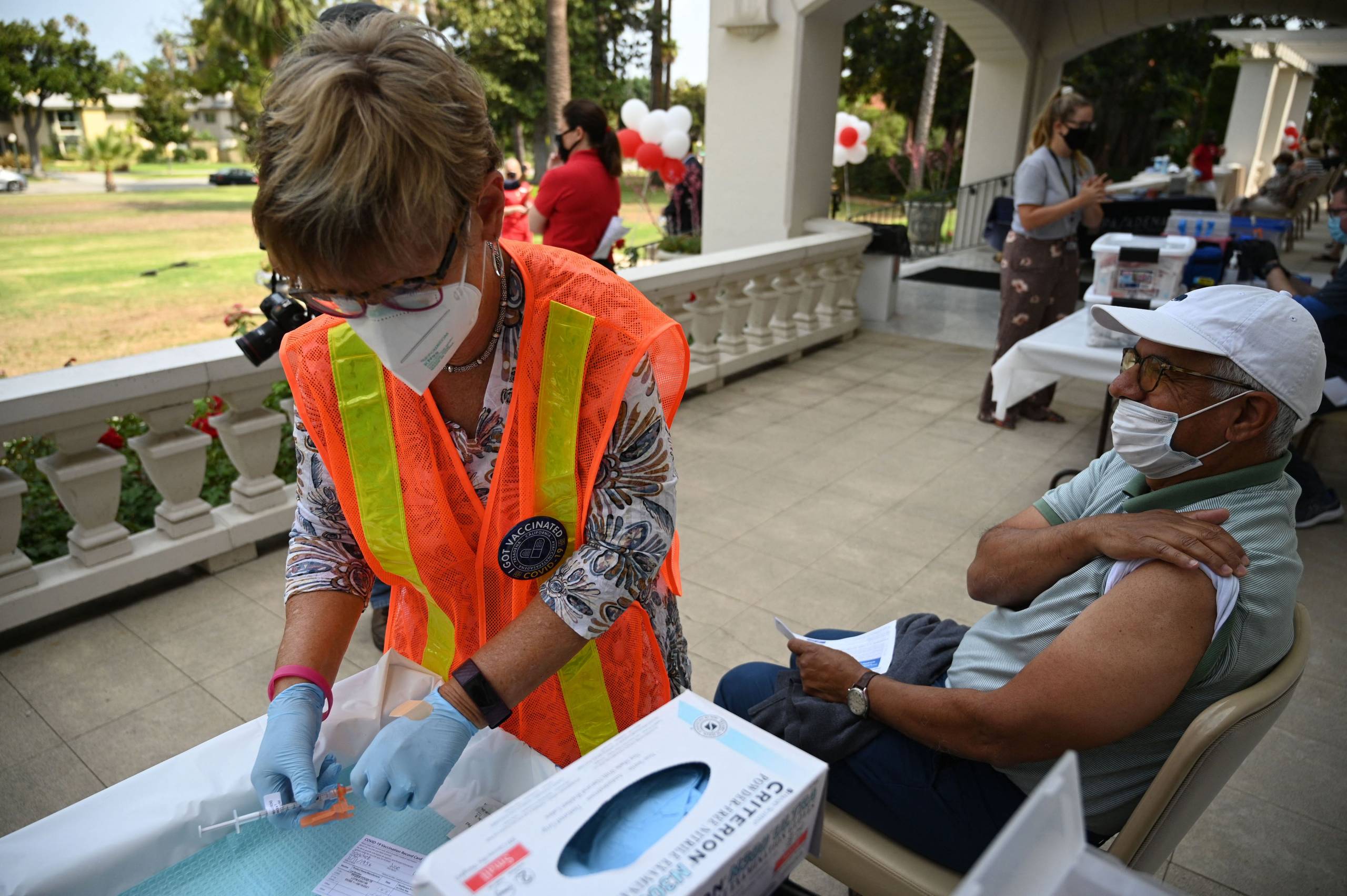
Where can I find a new COVID vaccine this fall when it becomes available?
Don’t assume you’ll be proactively contacted about getting the new COVID-19 vaccine.
Remember that a certain location may only be offering a certain brand of the new vaccine, whether that’s Moderna or Pfizer (or soon, Novavax). So be sure that the location you’re walking into or making an appointment for offers the type of updated vaccine you need or want.
Also, make sure the appointment you schedule for your new vaccine is at least two months after your last COVID-19 vaccine shot or three months after your last COVID-19 infection. (When you’re making an appointment for a new vaccine, you’ll likely be asked for the date of your last COVID-19 vaccine dose or booster dose for this reason, to ensure you’re not getting your shot too soon.)
If you don’t have health insurance, jump to what we know about COVID-19 vaccination for uninsured folks.
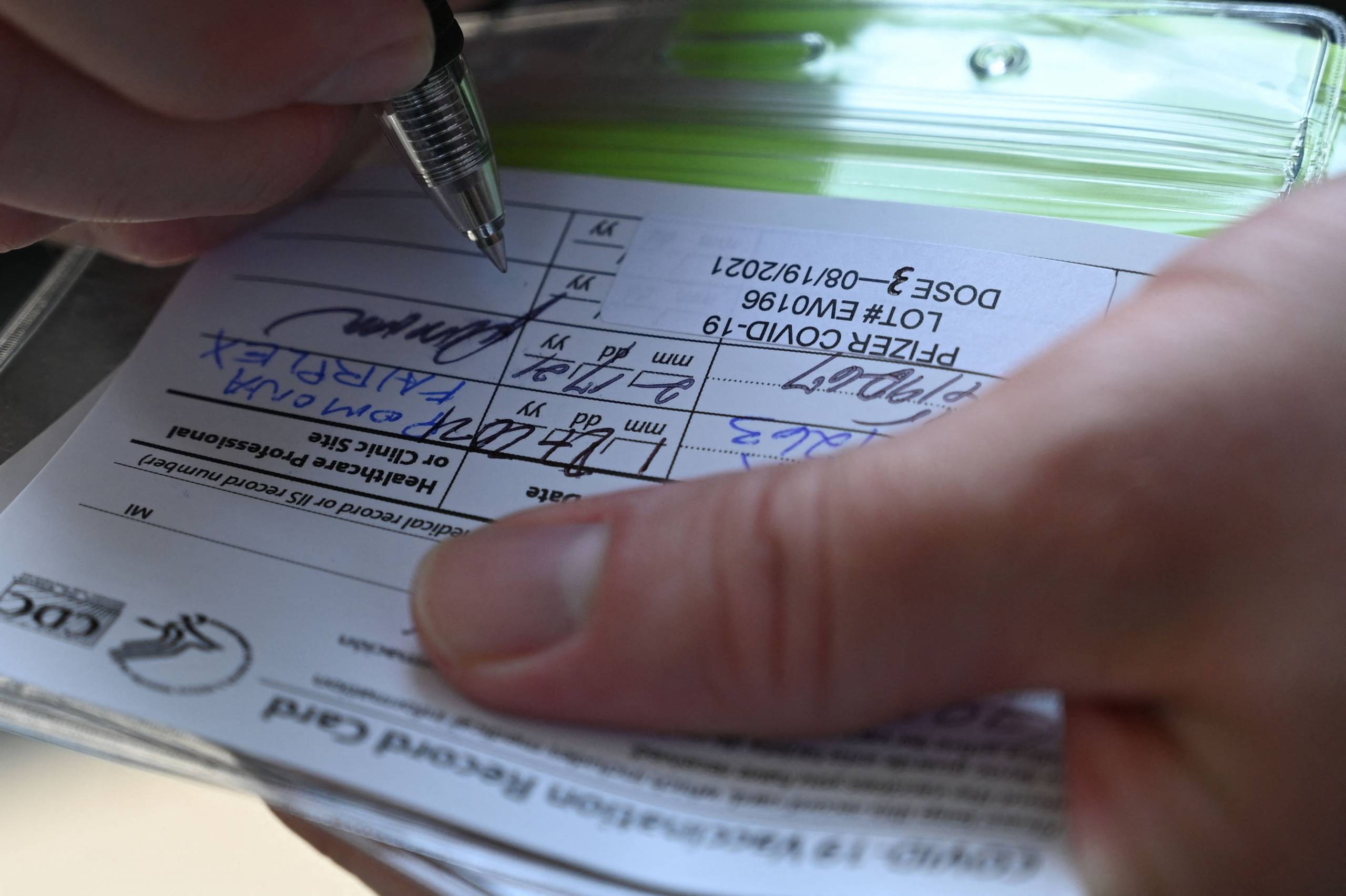
1. Find a new COVID vaccine through a local pharmacy, when available
For future reference, pharmacies are usually the first place new vaccine shots become available when announced because pharmacies take their cue from the federal government, not the state.
For example, CVS’s COVID-19 vaccination homepage says that the pharmacy chain is now “waiting on the arrival of the new 2024–25 COVID-19 vaccines” and that “you can schedule an appointment online now for a date in the near future.” Walgreens is also offering appointments for the new vaccine starting Sept. 6.
Remember that pharmacies can’t vaccinate kids under 3, except for CVS MinuteClinics, who are permitted to vaccinate kids as young as 18 months old.
If you have health insurance, you should be able to give your insurer’s details at a pharmacy vaccination appointment to have the cost of your shot billed to them. One big exception to this: If you get your health care through a health system like Kaiser Permanente, you almost certainly won’t be able to get your new COVID-19 vaccine for free (i.e., covered by your insurance) at a pharmacy like CVS or Walgreens, the way you can’t get your flu shot covered by Kaiser at a pharmacy either.
Ultimately, if you are a member of a health system like Kaiser and are unsure about what your health insurance covers, reach out to your provider to check if you will need to obtain your new COVID-19 vaccine through them in order to have it covered.
- CVS COVID vaccine appointments.
- Walgreens COVID vaccine appointments, or call 800-WALGREENS/800-925-4733.
- Rite Aid COVID vaccine appointments.
- Safeway (Albertsons) COVID vaccine appointments.
2. Find a new COVID vaccine through your health care provider, when available
If you have health insurance, check with your health care provider to see whether they can offer you an updated COVID-19 vaccine. The San Francisco Department of Public Health stresses that “Health care providers are the first place to go for COVID-19 and flu health care.” That said, you could still be looking at a wait for supplies to reach your health care provider, even after the new shots were first authorized.
If you don’t have health insurance but get medical care through a city- or county-run provider, you should check with that location to see whether they can offer you the new COVID-19 vaccine.
In addition to trying to talk with your health care provider directly, check the website of your provider to see whether it offers the ability to make appointments and sign up for their vaccine notifications if that’s an option.
3. Find a new COVID vaccine through vaccines.gov, when available
Visit the federal government’s vaccines.gov website to see when appointments for the new updated COVID-19 vaccine in or near your zip code become available.
A message on the site states that the CDC is updating this tool, “including replacing the vaccine locator with a pharmacy lookup tool to help people find a pharmacy near them, and this “lookup tool will be added once 2024–25 flu and COVID-19 vaccines become widely available.”
4. Find a new Moderna or Pfizer COVID vaccine through My Turn, when available
Throughout the pandemic, My Turn has been the state’s site for all Californians to schedule vaccination appointments or find walk-in locations, regardless of health insurance status.
Because the new COVID-19 vaccines are now being distributed through the traditional health care market, My Turn’s services have now been geared primarily toward uninsured people.
If you visit the My Turn page, select “Make an Appointment.” My Turn will ask for your information and the ZIP code or location you’d like to use to search for vaccine appointments. You can give your home location or input other locations to see which sites might be available farther away.
